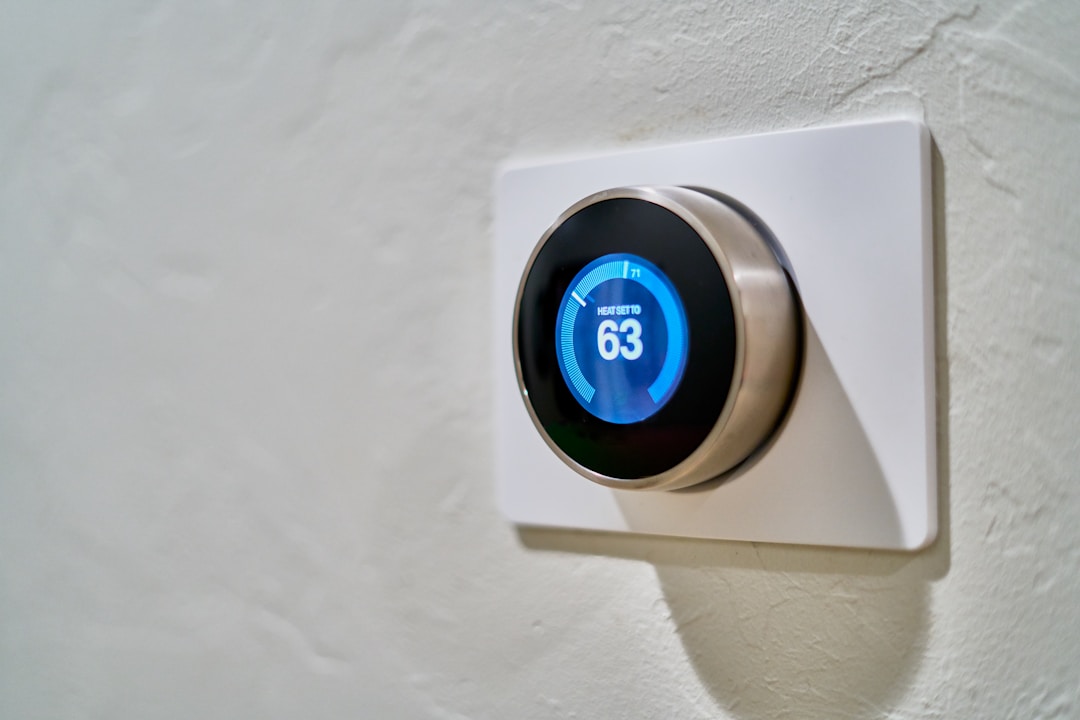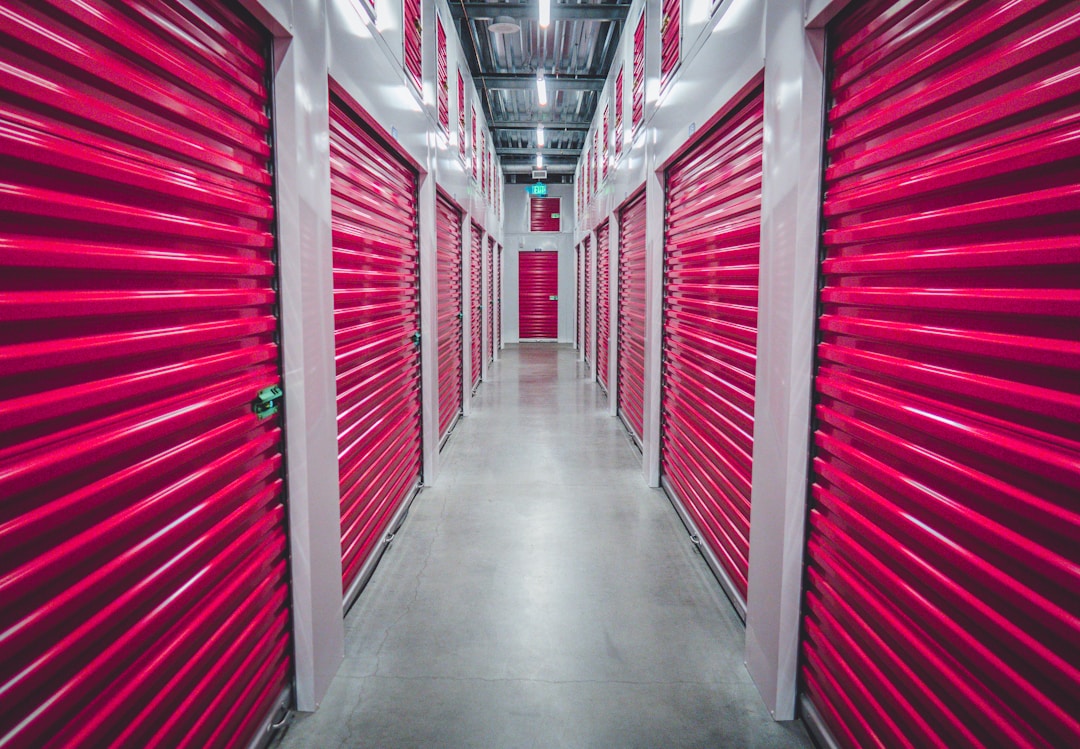As a homeowner, it’s essential that you are proactive about taking care of your home, especially if you live somewhere that there are elevated risks of things like weather or water-related damage. What protecting your home entails can vary depending on what type of home you have, what your budget is for home improvements, and where you live specifically.
Those in Florida, for example, need to make preparations for the hurricane season that someone in Iowa wouldn’t have to make. Aside from getting to know your surroundings, there are plenty of small projects you can take on that will upgrade both your safety and your quality of life. If you are interested in making some upgrades around the house that will protect your home and your family, read on for three great ways to get started.
1. Prepare your home for weather events.

When it comes to personal weather protection, you wouldn’t go out in a storm without an umbrella and some rain boots. With the rainy season coming, don’t be afraid to break out a weatherman umbrella coupon if you’re in the market for one. Just like you prepare yourself for a storm or a gloomy day, you shouldn’t let your home stay unprotected from the elements. The climate where you live plays a big part in what type of preparation is necessary to keep your house safe, though if you’ve just moved to a new area, it may be best to talk to a neighbor or a contractor about what to expect. The effects of weather on your home can range from inconvenient to dangerous, so it’s always smart to have a plan.
Cracks and crevices in doors and windows are one important thing to look out for, especially heading into the winter. Cold drafts getting into your home can increase the load on your HVAC system, which can increase your utility bills in addition to inhibiting your heating or cooling system’s ability to regulate the temperature in your home. Your roof and gutters are also an important part of your home’s preparedness for the elements. Allowing your roof or gutter to fall into disrepair puts you at risk for water damage to the foundation of your home, and could end up with you footing the bill for a costly repair later on. Your HVAC system itself should also be inspected once yearly and replaced entirely every 10-15 years. Talk to a professional in your area to get a full checklist for what you need to keep your home safe in your area.
2. Upgrade your home’s technology.

Smart technology and home automation are the future when it comes to home upgrades. Gadgets like smart TVs and another internet of things devices are more popular than ever. Upgrades like ring doorbells can provide an extra layer of security when it comes to your packages and deliveries, and a smart thermostat can manage your heating and cooling needs even when you aren’t home. Using smart heating, ventilation, and air conditioning system with a thermostat that operates on an automated timer allows you to keep your home at your preferred temperature when you’re home, without wasting energy when you aren’t. Smart locks are another security-minded upgrade that you might like, so you’ll never have to worry about accidentally leaving the door unlocked when you aren’t home again.
You can find home automation systems for everything from your home security system to your entertainment center, so if your new home needs new appliances or a security system, think about taking a step towards living in the future and investing in some smart devices. If you do choose to sell one day, smart technology upgrades, especially ones that are eco-friendly, are incredibly appealing to potential buyers.
3. Invest in a storage unit.

Most homeowners end up with a lot of clutter after they’ve lived somewhere for a long time, and when you’re moving into a new home, you often find many belongings that you don’t necessarily want to take with you, but also don’t want to throw out. A storage unit can also solve a lot of these problems related to moving and storage.
One of the main advantages of a storage unit is that it allows you to keep your things safe and stored in a climate-controlled environment without actually having them take up space in your home. It can also keep your belongings safe the next time you are renovating. As anyone who knows anything about hoarding knows, it can be unsafe to keep too many of your possessions piling up in your house. Tools and construction items that might be unsafe to have around children and easily breakable antiques might also be safer in a storage unit than lying around your home.
If you’re not sure if storage is a good solution for you, sit down and take inventory of the excess items in your house, then go from there. While many storage needs can be solved at home, sometimes it just makes more sense to obtain external storage space.
Owning a home is an accomplishment in and of itself, but safeguarding that investment and keeping your home safe is a major responsibility in and of itself that every homeowner takes on. Whether it’s figuring out the best type of security system, preparing for a new climate, or learning how to protect and store your belongings, there is a lot you can do to take steps to make your home safer and improve your quality of life. You don’t have to break the bank to invest reasonably in sensible safeguards for your house either, even small changes can make a big difference. It’s worth the effort, there is nothing quite like the peace of mind that comes with knowing you have done everything you can to protect your home.






